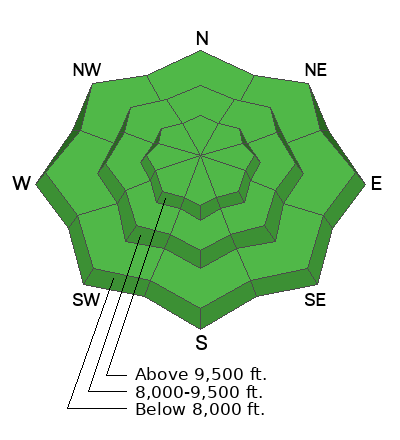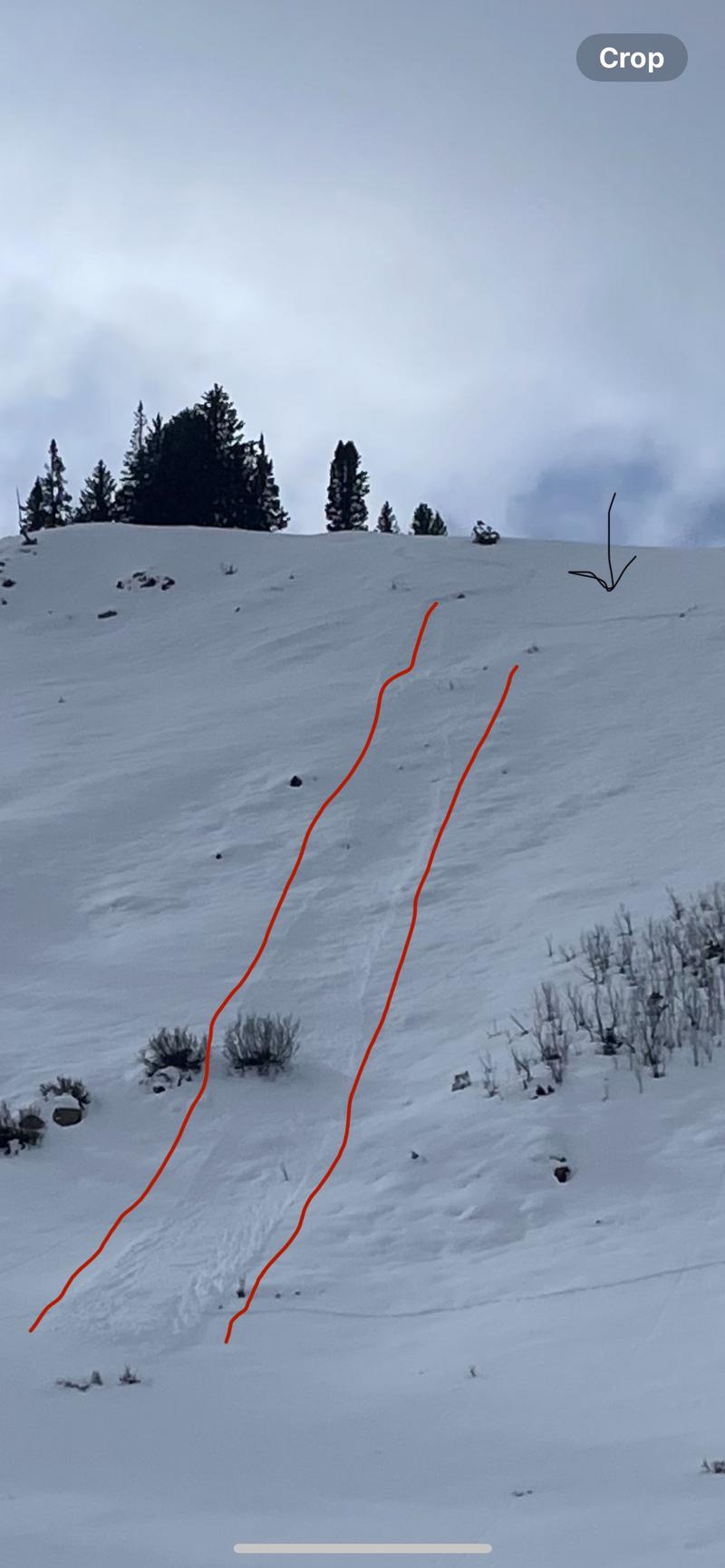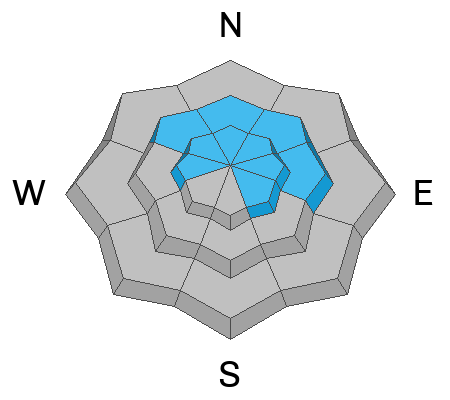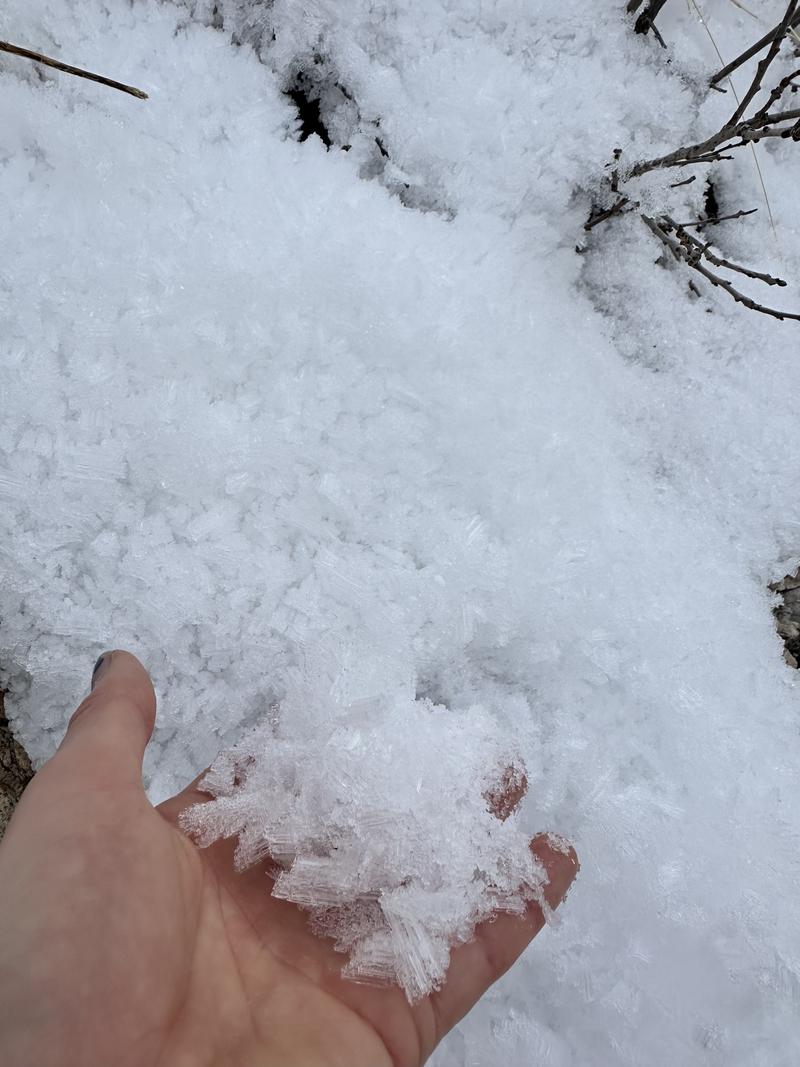Forecast for the Salt Lake Area Mountains

Issued by Nikki Champion on
Tuesday morning, December 10, 2024
Tuesday morning, December 10, 2024
The avalanche danger is LOW, meaning avalanches are unlikely but not impossible today. Recent snowfall and strong winds may have formed small wind slabs near ridgelines, which could fail on buried facets in wind-loaded terrain. Pay extra attention to areas that have received more wind or snow.
Be sure to carefully assess snow and terrain in wind-loaded areas, and avoid thin snowpack zones where buried obstacles may be just below the surface.

Low
Moderate
Considerable
High
Extreme
Learn how to read the forecast here






